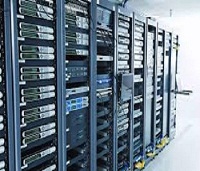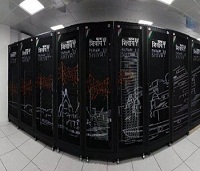Fundamentals of a Computer
Types of Computer :
- PC (Personal Computer) :
- Personal computer is also known as a Microcomputer.
- It is designed for personal work and applications as Only one user can work at a time.
- It has a microprocessor as a central processing unit, memory, storage area, input unit and output unit.
- It is less expansive and easy to use.
- It does not require the user to have special skills or training to use it.
- Examples are Laptops and desktop computers.
- Workstation :
- Workstation is a single user computer that is designed for technical or scientific applications.
- It has a faster microprocessor, a large amount of RAM and high speed graphic adapters.
- It can handle animation, data analysis, CAD, audio and video creation and editing.
- Mini Computer :
- It is a midsize multiprocessing computer.
- It consists of two or more processors and can support 4 to 200 users at one time.
- It is light weight that makes it easy to carry and fit anywhere.
- MainFrame Computer:
- Mainframe computers are designed to support hundreds or thousands of users simultaneously.
- It can process huge amount of data, e.g. millions of transactions in a second in the banking sector.
- It is very large in size and is an expensive computer.
- Super Computer :
- Supercomputers are the biggest and fastest computers.
- It can process trillions of instructions in a second.
- It has thousands of interconnected processors.
- Supercomputers are used in scientific and engineering applications such as weather forecasting, scientific simulations and nuclear energy research.
- Examples are Pratyush, Mihir, PARAM 10000, PARAM SHIVAY, PARAM YUVA II, TIANHE-1, JUGENE, Summit etc.



